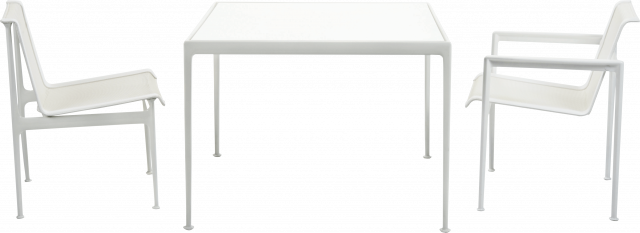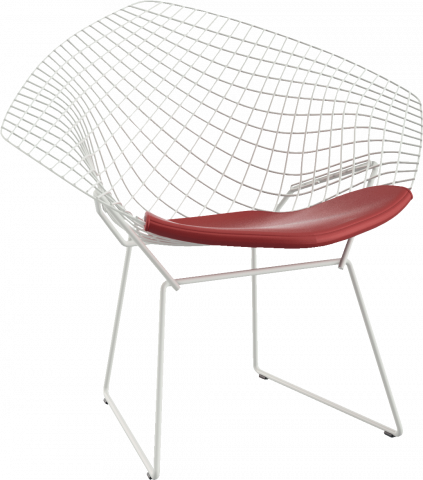Petal Tables
1966 Petal Tables
Richard Schultz 1966

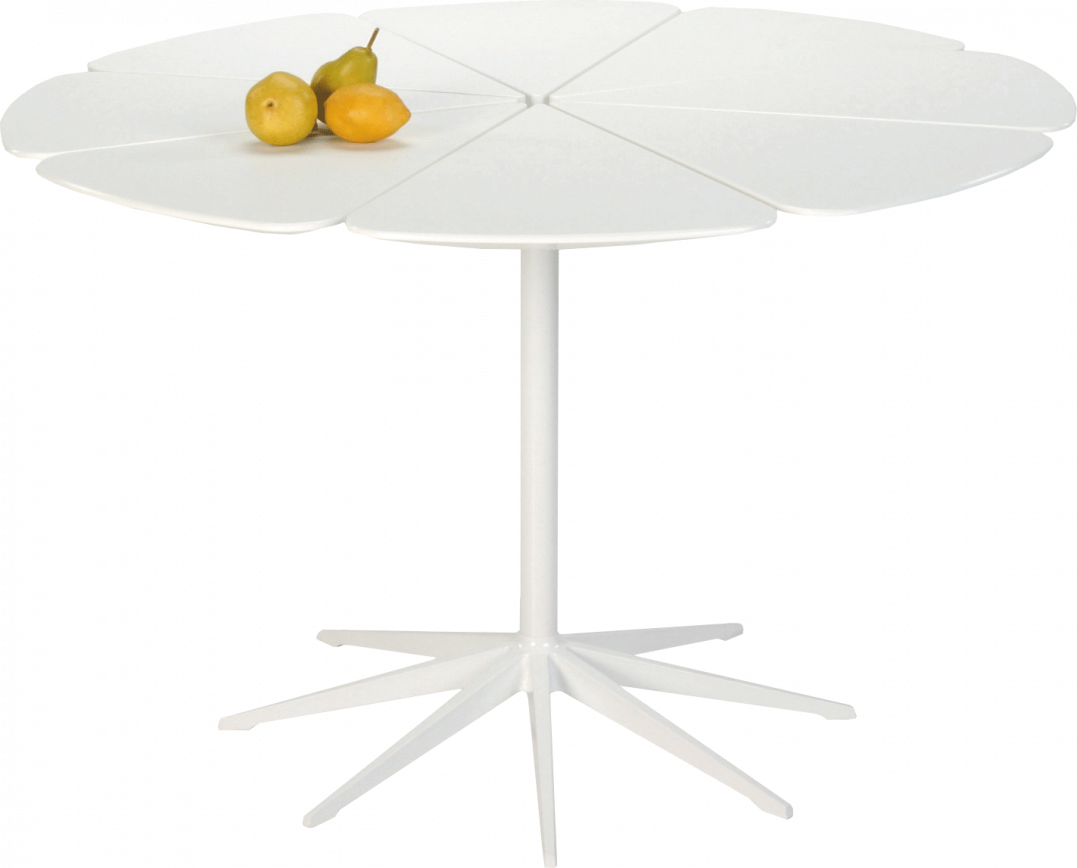
Richard Schultz designed the Petal Table to accompany the Harry Bertoia's diamond chairs. Inspired by how each cluster of flowers is supported on its own stem in Queen Anne's Lace, a weed that grows near Schultz's house in Pennsylvania, the tops on these tables are made of eight petals, each mounted on beautifully crafted cast aluminium. By making a table in this manner there is no need for a ring support and each petal is independent which allows the table to expand and contract with the weather.
The table was introduced by Knoll in Los Angeles in 1960 and was immediately made part of the MoMA Design Collection.

Knoll Petal Tables : Richard Schultz 1966
Dimensions : Coffee Table 1070 Dia x 380 H. End table 400 Dia x 480 H. Dining Table 1070 Dia x 710 H mm
Options : White petals with white stem.
Material : White Petals: Machined High Density Polyurethane. Top spider: Powder Coated Cast Aluminum. Stem: Powder Coated Stainless Steel. Base: Powder Coated Cast Aluminum. Glides: Molded Nylon.

Richard Schultz
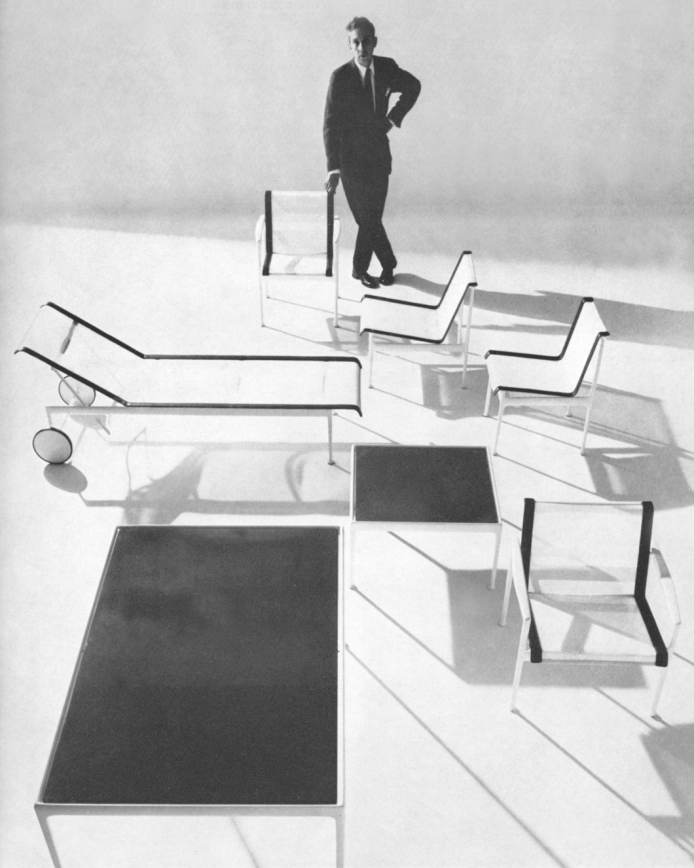

Richard Schultz (born 1926) joined Knoll Associates in 1951 to work with Harry Bertoia, after studying at the Illinois Institute of Technology, Chicago. Schultz’s breakthrough design was the ‘Petal’ table, inspired by a weed on the family farm. Designed to accompany Bertoia’s iconic wire chairs for Knoll, it was made part of the permanent design collection of the Museum of Modern Art, New York.
About Knoll
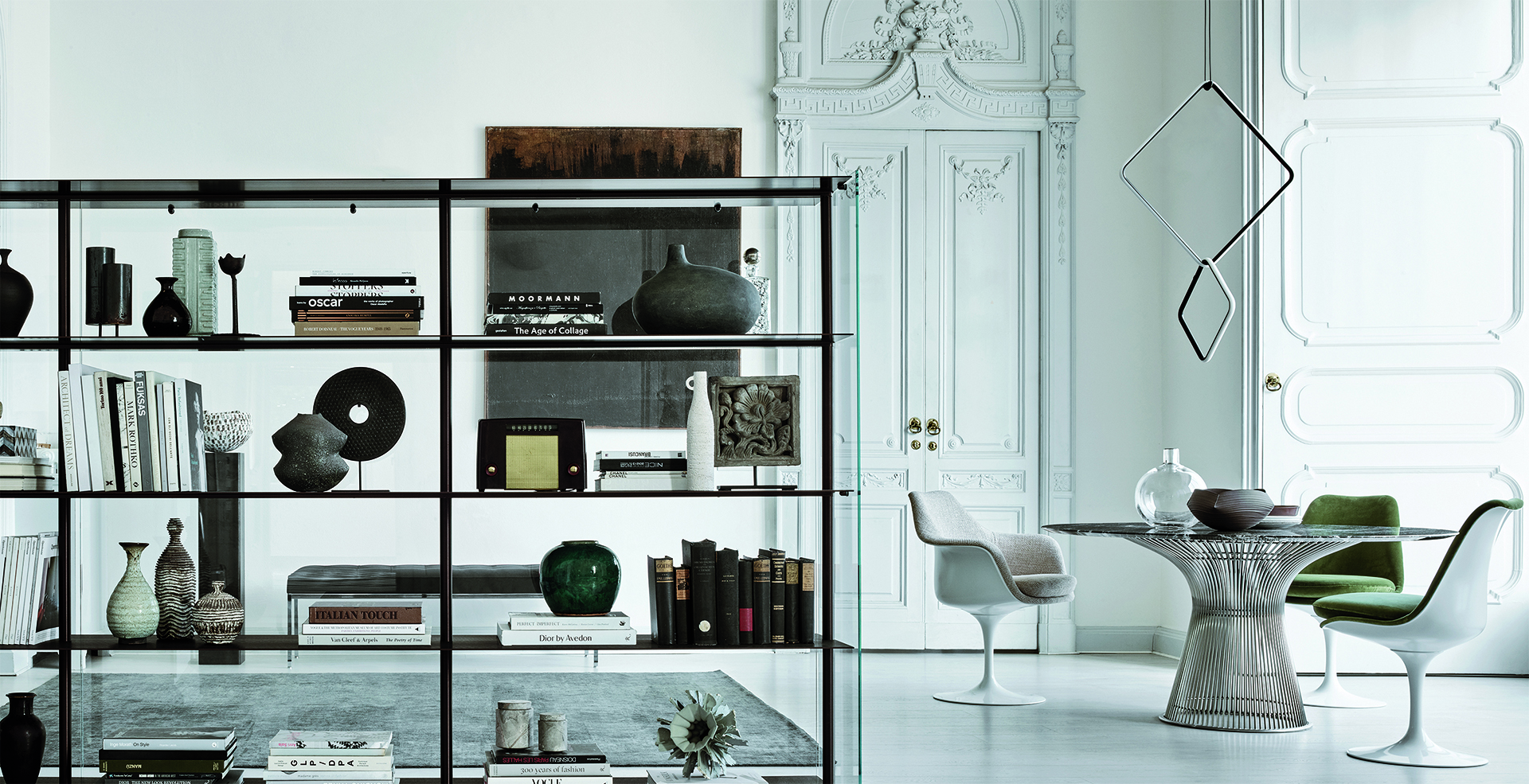
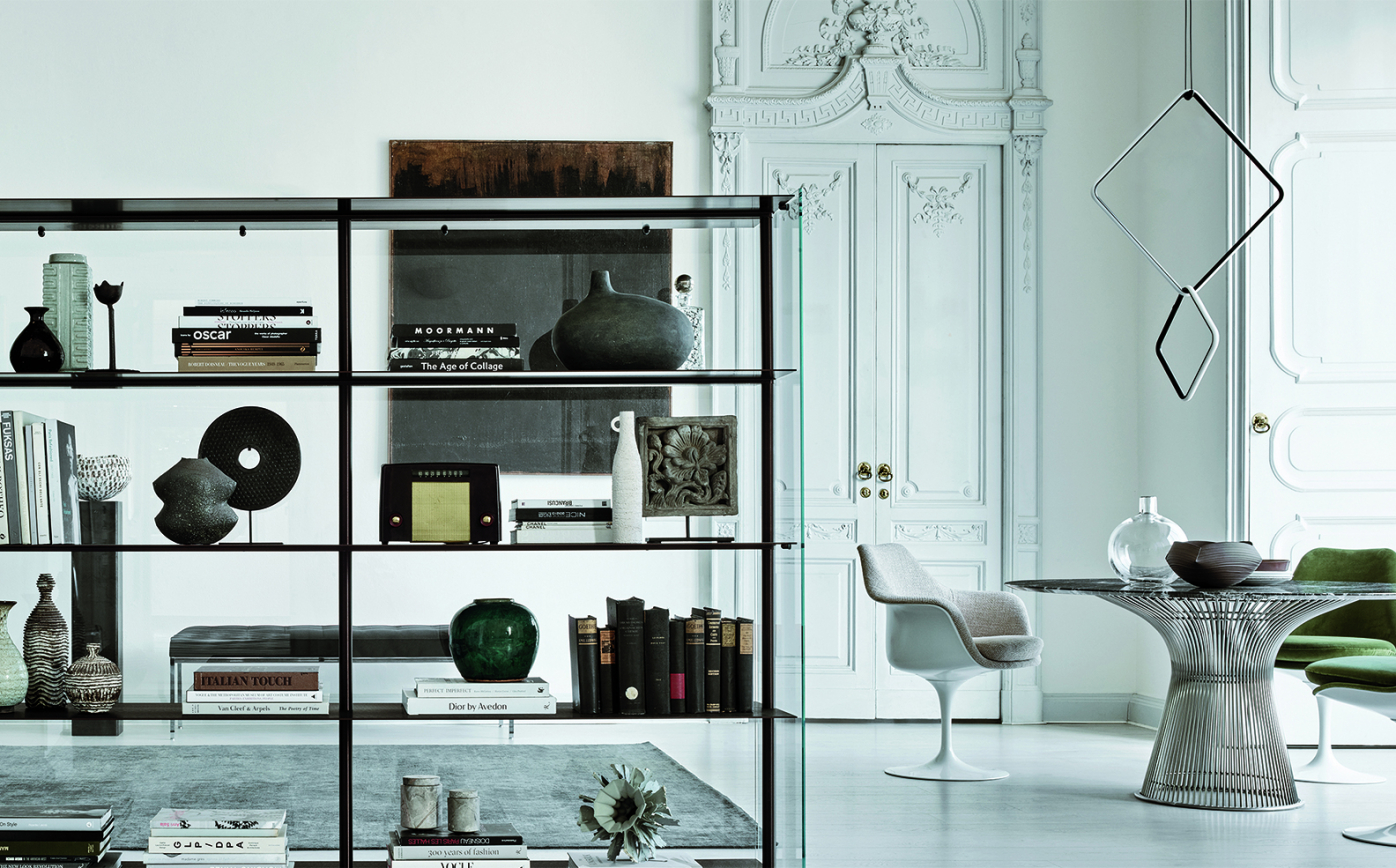
Knoll products are defined by a distinct modern sensibility. From classics by the likes of Mies van der Rohe to ground-breaking designs by contemporary creatives including Marc Newson, David Adjaye, Barber Osgerby and Rem Koolhaas.

